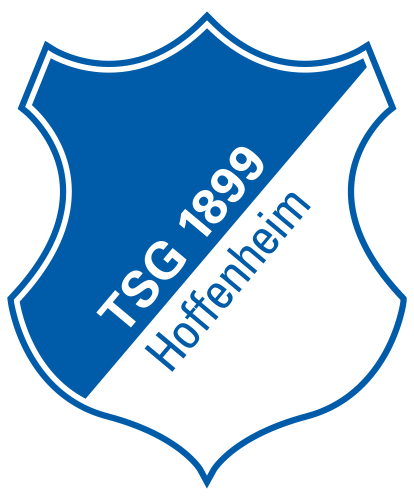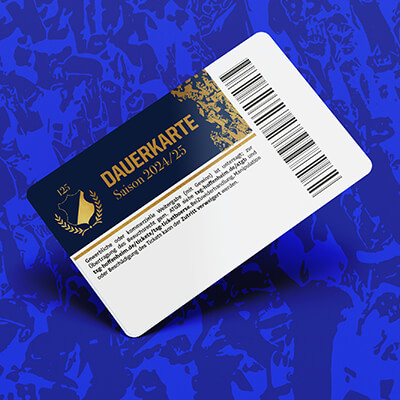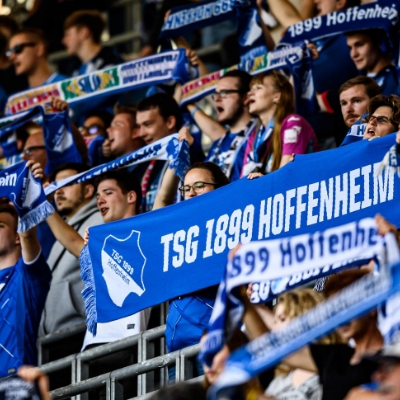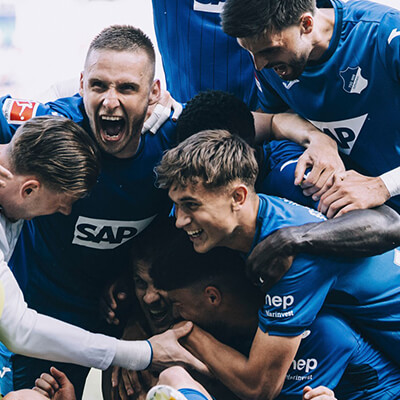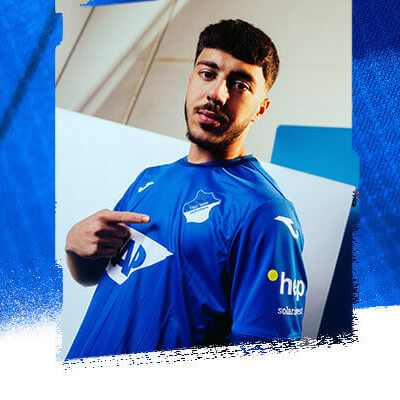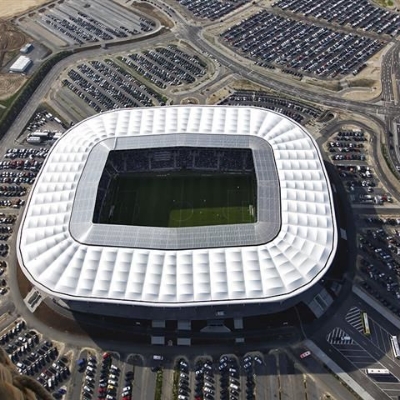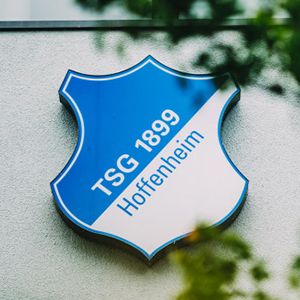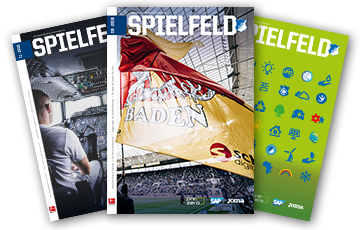What goes into the 100th SPIELFELD?
Planning
After the SPIELFELD is before the SPIELFELD. This somewhat modified quote from coaching legend Sepp Herberger applies to the editorial team every month. Because as soon as one issue goes to print, the next one is already being planned. The process usually starts from scratch – and potential protagonists and stories for the next issue are identified in an initial conference. They discuss issues such as: who would be best for the interview? Which player should be featured in the profile? Who fits best in the SPIELFELD formats such as “No comment” or “Fact or Fake”? What graphics would fit well? What should we report on in the women's section, the academy and the regional topics and which current theme from the world of football could be discussed and explained in the kids' section? Before each issue, the editorial team face the challenge of finding the right mix of topics. Experienced professionals should be included, as well as talented youngsters, and of course, we also want to introduce new signings, especially at the start of the season. The academy topics and the regional round-up are also the subject of intense discussion. Afterwards, a first draft will be drawn up, which will then be discussed again with Christian Frommert, director of media & communications at TSG.
Face to face meetings
In order to guarantee maximum proximity to the players, the SPIELFELD editors always meet the TSG players in person. “No comment”, for example, is always shot in the castle on the TSG grounds in Zuzenhausen, while many other interviews are conducted in a confidential atmosphere at the TSG training ground – or at the academy in Zuzenhausen and the women's training ground in St. Leon-Rot. But after the face-to-face meetings, the work really begins: the photographers have to edit the pictures and select the best ones, recorded conversations are listened to and turned into texts, and initial graphic ideas are developed.
Production
Once the theme planning and the page layout have been finalised, production begins immediately. Player meetings are arranged, initial categories such as “4 in a row” or “Meetings” are worked on and photo locations are scouted. As the players should not travel too far before, after or in between training sessions and the pictures should ideally be taken at suitable locations in the region, the search for the right location is always a challenging task. The topic of regionality always plays a major role for SPIELFELD. We also want our readers to discover new, exciting pages and stories about and around TSG's home region.
Design
The Heidelberg-based graphic design agency ServiceDesign is the visual heart of SPIELFELD. This is where texts, images and graphic ideas come together – and the ideas are turned into layouts, graphics and well-designed stories. SPIELFELD editors meet regularly with the graphic designers to work together on the content and present it in the best possible way. A well-versed team that constantly complement each other creatively and try to create striking visual impressions in every issue. “Every month, we try to combine the graphic components with the texts in a new way in order to create the best possible overall product,” said Alexander Gora, managing director of ServiceDesign.
Final editing
Around two days before the print run – around ten days before delivery – the magazine is the subject of a large panel discussion. The SPIELFELD editorial team present the new issue in digital form to a delegation from TSG Hoffenheim, which always includes TSG media director Christian Frommert, who developed SPIELFELD together with design agency Derichs & Graalmann Kommunikation in 2015. “We've been getting together every month for nine years now to cover all the interesting topics for our fans, from sporting stories about the first teams to exciting stories from around the region. The final proofreading process takes place shortly before an issue is signed off and goes to print, then we are already preparing the first collection of topics for the next SPIELFELD,” says Frommert. Content, ideas and graphics are discussed together, advertisements are shifted to the perfect place on the page and final corrections are added until the finished product is 100 percent to the liking of everyone involved. The internal quality control check for errors is the most important stage on the way to the finished magazine, as nothing is more annoying than when a mistake overshadows a whole month's work.
Delivery
After the magazine has been printed by abcPremium GmbH in Heidelberg with a print run of around 13,000 copies, it is delivered to TSG, its members, the fan shop and partners, such as doctor’s surgeries and petrol stations. It's all finished once again: 100 or more pages from the TSG cosmos are ready to read, hot off the press. But there is no time to rest – the next issue is already in production. Because as we all know, after the SPIELFELD if before the SPIELFELD.


Dirk Graalmann (50)
08/15
"I was deeply moved by the personal meetings with Dietmar Hopp for our 'History Lesson' series. It was very special to talk to him at length several times in private about his life, such as his childhood in post-war Germany, which reminded me of my father's stories."


Jens Piening (52)
08/15
"At the beginning, none of us knew how SPIELFELD would be received. Everything was uncertain and we had to improvise a lot. Fortunately, everything worked out and the response was positive. For me as an editor, there's always something to chuckle about when typos creep in."


Michael Krämer (40)
02/16
"An early highlight was the interview with Alexander Rosen at the training camp in South Africa. Witnessing the rise of Julian Nagelsmann up close was also very special. And it's still great fun to see formats you have developed yourself such as 'Fact or Fake' printed in the magazine for the first time."


Alexander Gora (62)
01/17
"Julian Nagelsmann guided TSG to the Champions League for the first time in the 2016/17 season, causing a sensation across Germany. For the cover, caricaturist Christoph Härringer drew the TSG coach at the time – my highlight of almost nine years."


Gregor Derichs (70)
06/17
"The meetings with Dietmar Hopp were very special because his down-to-earth attitude is so amazing. The most interesting interview I had was with Julian Nagelsmann. The way Julian delves deep into the strategies and tactics of football is something I haven't experienced since my first report on football in 1980."


Marvin Scheben (28)
07/20
"During the Covid-19 pandemic, the stadiums were empty and the atmosphere was depressed. But TSG qualified for the Europa League thanks to a strong final spurt and we reviewed the season with graphic highlights 'Hand of God' style"


Simone Mohr (50)
05/21
"My favourite issue from nine years of SPIELFELD was the 05/21 issue. In the kids' section, we looked at the Bundesliga history of TSG Hoffenheim with various graphics and included one or two eye-catching additions."


Niklas Coopmann (28)
10/22
"The meeting with Olaf Malolepski in Bretten is definitely unforgettable. Writing the life story of “Flipper”, who was able to celebrate another great success at the time with “Wir sagen danke schön” (We say thank you very much), was a lot of fun."


Sophie Kerner (30)
04/23
"As a graphic designer, I particularly like it when I can get creative. I particularly remember the kids' story about TSG's 500th Bundesliga point. We cheekily showed TSG's Bundesliga highlights in various forms."


Simon Michaelis (43)
08/23
"Age doesn't have to be a factor when it comes to having a lust for life, goals and fitness. My encounter with Werner Bross showed me that. At the age of 76, he ran 100 km at a time, now he 'only' runs marathons. He wants to 'attack again' and run a record at the Hockenheimring Marathon. At 85."


